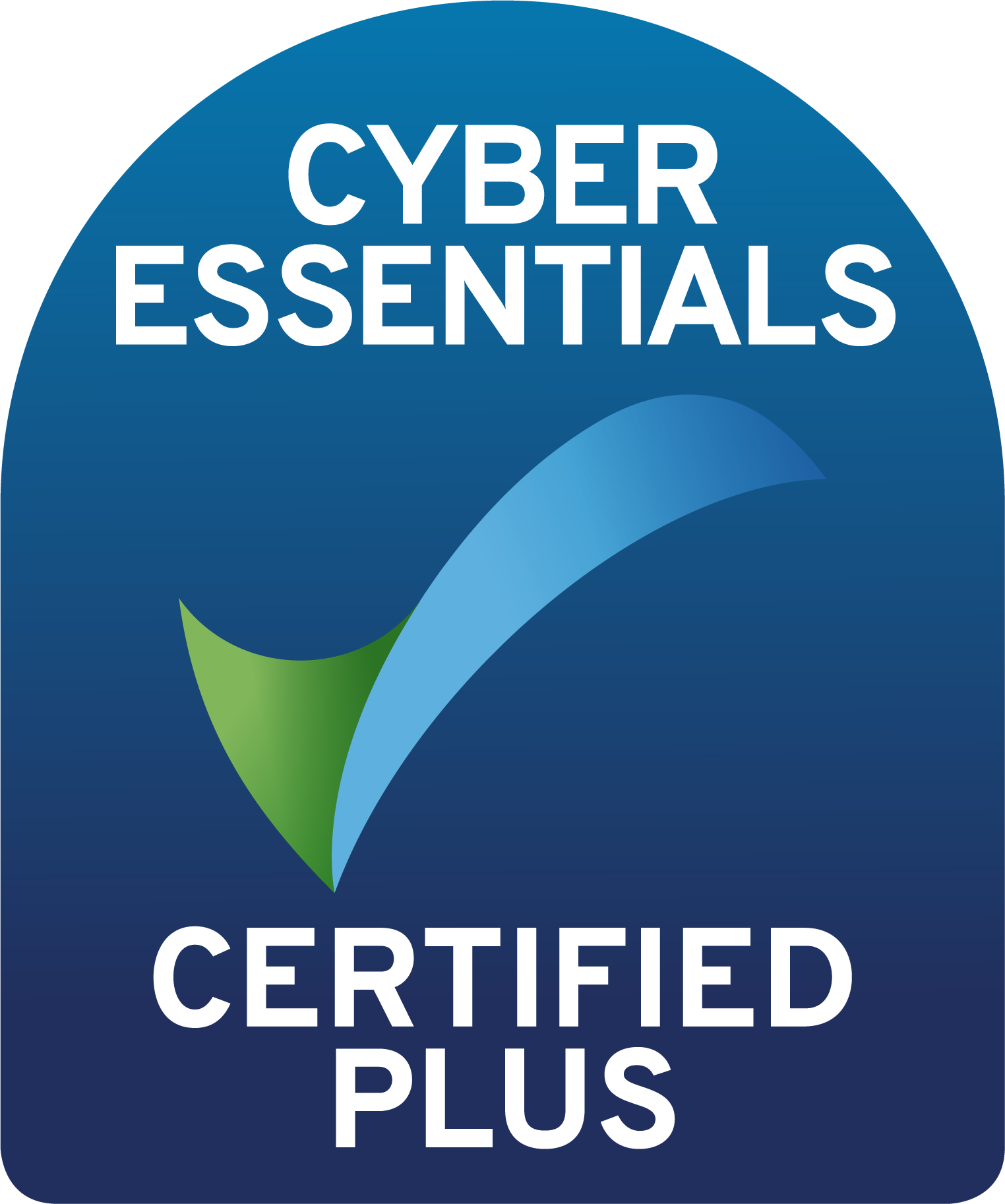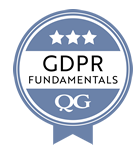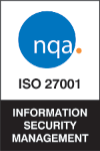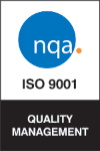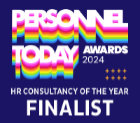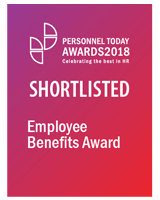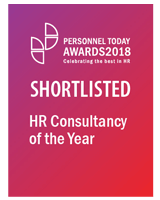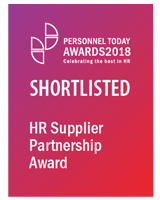With traditional job titles and frameworks losing relevance in today's dynamic working environments, and hybrid working more commonplace, how many business leaders and HR directors can honestly claim to fully understand the capability of their workforce? This lack of visibility is a strategic blind spot, which is also likely to be compounding another common area of concern: with rising people costs and widening skill gaps, particularly impacted by AI, organisations can no longer rely on continuous hiring to fill capability gaps. Without smarter workforce planning and upskilling strategies, productivity and innovation are at risk.
We need to work hard at keeping people within our organisations, and that means investing in two key areas. First, businesses need to act. We need to empower our HR divisions to operate as strategic partners within the business, armed with the kind of new tech tools that can help them build skills intelligence and connect people initiatives with tangible business outcomes in productivity and performance. By investing in people’s skills and encouraging both role mobility and organisational agility, companies can expect loyalty to grow and retention to climb alongside project success. Secondly, we need to put a sharper focus on skills, make careers more visible, and empower people to be more accountable for their own progress.
Skills: The Importance of Being Earnest
Assessing, setting and managing skills development is hugely important but can feel like an overwhelming exercise. After all, what is the best metric for any given company to understand whether one skill is worth more than another, or why a skillset may be less prevalent but more crucial? Making these judgement calls with confidence requires insight and nuance, which usually means strong collaboration between line managers and HR. The ability to make quick and easy judgements can differ from sector to sector, or even from one division to another within the same organisation.
For example, if you work as a pharmacist your skills matrix is likely to be clearly defined and tightly regulated. Your career path typically follows a structured route of formal education, professional qualifications and licences, with specific competencies tied to each stage. By contrast, many roles in digital, innovation or hybrid functions lack that same structure. They may end up being more transferable, but they lack clarity, which makes it harder for organisations to access capability, identify gaps and plan effectively.
This feels like a complex area but doesn’t need to be. Ultimately, businesses need the appetite and aptitude to look inwardly and question the skills they need now and also in the future, while also assessing how those future skill sets might complement, or work alongside, new AI or robot-driven technology — and how HR tech can expedite that process.
That’s where tools such as Innecto Pathfinder come in. Pathfinder gives organisations the ability to visualise, benchmark and analyse the skills that exist within their workforce, and map those against future capability needs. It allows HR leaders to see where strengths lie, where critical gaps exist, and how internal mobility or targeted development could address those challenges.
Making Careers Visible
So far, job evaluation tools have done a decent job of enabling companies to set an organisational structure, but typically they have stopped short of making career paths genuinely visible for employees. Moving forward, new tech is going to build on that, translating a job-levelling exercise into a tangible path that an employee can look at and use to understand how they move upwards or sideways.
Innecto Pathfinder bridges that gap by transforming job and skills data into transparent, navigable career maps. It helps employees understand where their current role sits, explore other possibilities within the business, and identify the skills and competencies needed to reach their next goal.
In an ideal scenario, a company apprentice should be able not only to aspire to the role of the Chief Executive, but also to find out – with the help of AI and a smart algorithm – the level of technical skills, soft skills and competencies they would need to set themselves on that career pathway. Pathfinder makes this kind of visibility possible, turning what was once a static framework into a living, interactive experience for employees and managers alike.
Making Employees Accountable
Sometimes HR or managers can become ‘blockers’ to progress. Often as HR we can simply be too overworked or overstretched to invest the time in individuals. Similarly, line managers can be guilty of overlooking people or lacking the bandwidth to fully understand whether someone is ready to take the next step.
By providing a platform like Innecto Pathfinder, businesses can alleviate some of these strains by shifting the balance of control. Instead of HR and line managers dictating careers - and possibly delaying development - employees gain the autonomy to explore and manage their own career journeys. Pathfinder enables individuals to build their own profiles, log new skills, and visualise their next steps, while giving HR and managers the oversight to validate, assess and guide progress where needed.
This creates a powerful dynamic: HR gains better workforce insight, line managers have access to up-to-date capability data, and employees feel more accountable and empowered. Organisations can then understand the prevalence of skills, spot potential gaps, and see which roles are being explored most — insight that fuels more effective workforce planning and talent retention.
If companies fully understand the nature of roles and the value of their workers - and workers understand where that value can take them - concerns over retention can become a thing of the past.



